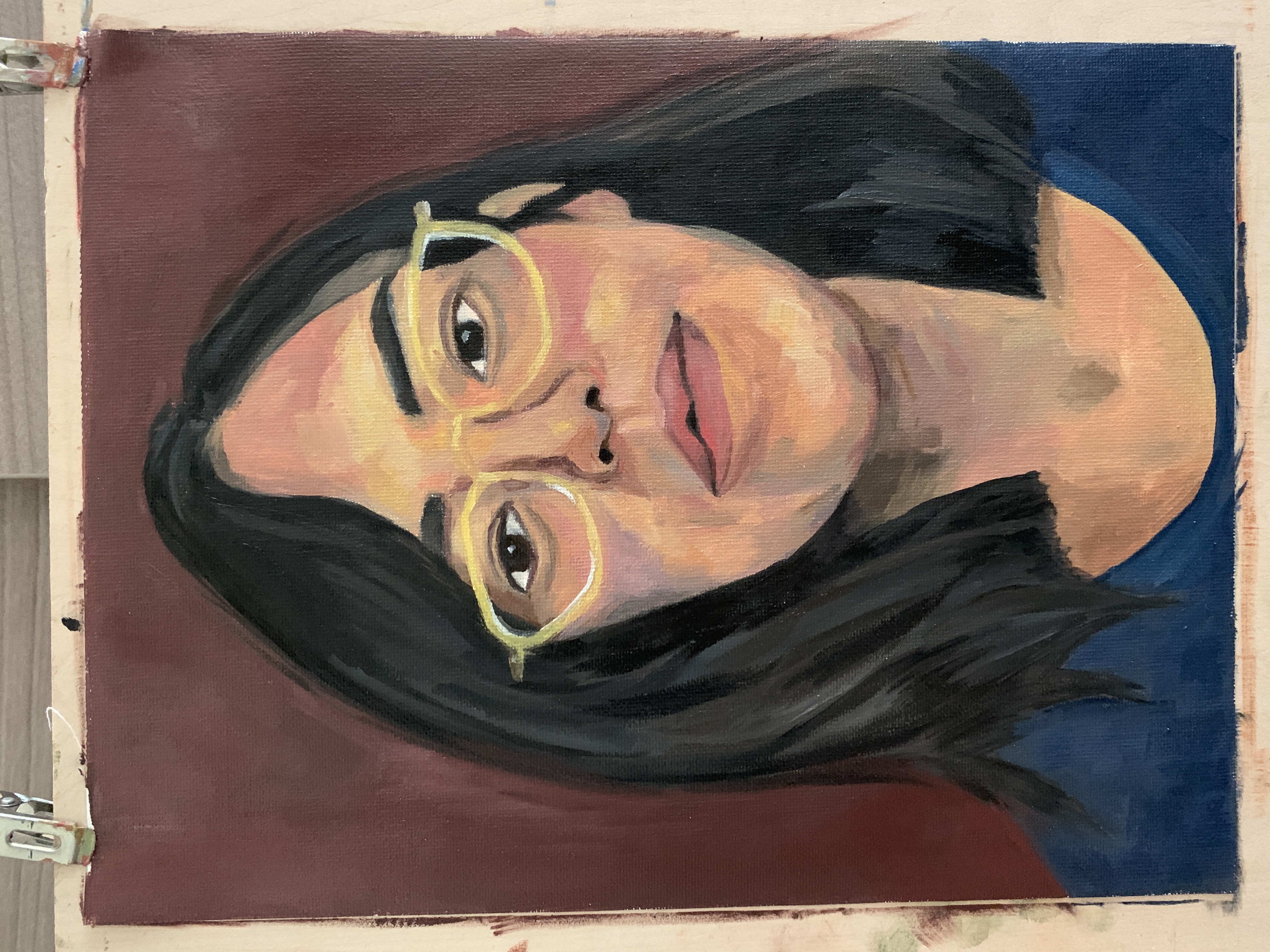Pastel Painting: Women in a Tub, 1886, 69.9 cm × 69.9 cm
- Sok Han Teng
- Oct 12
- 3 min read
Sometimes, when we fall in love with a painting, we stop analyzing why. We don’t think about how detailed it is, what techniques were used, or how masterful the artist’s brushwork might be. We simply like it. Maybe it’s the colour, maybe it’s the mood, or maybe it’s something quietly transcendent — an emotion that speaks to us in ways words can’t.
And that was my experience with Edgar Degas’s Women in the Tub.

Women in a Tub
Artist: Edgar Degas
Date: Around 1886
Medium: Pastel on blue-grey paper (one of several variations)
Series: Bathers or Femme à sa toilette (“Women at their Toilette”)
Between 1884 and 1890, Degas created a series of “bathing women” in pastel, each showing women washing, drying, or combing their hair. These figures are not idealized goddesses but ordinary women absorbed in daily rituals — seen from unexpected, intimate angles that evoke both tenderness and truth.
If I were to explain precisely why this painting captured my attention, my words would probably fail to catch up with my feelings. It conveys a kind of silence in a fleeting moment— a moment can’t quite be expressed literally.
What struck me most was its simplicity. The title tells you almost nothing, yet the image says so much. I’m drawn to the way Degas portrayed the female form not as an erotic nude figure, but as something deeply human — vulnerable, unposed, and completely natural. There’s no attempt to beautify or dramatize. It’s a glimpse of truth, stripped of artifice.
I like the contrasting textures on the woman’s skin and the patterned fabrics that form complementary background color to the blue bathtub. How muscles and light interact shows the movement and anatomy of the body, you’ll find the color so unreal but step back, they are so natural.
What the Artist Said About It
Degas described these scenes as “women seen as if through a keyhole” — caught in their most private, ordinary moments. He once said they were “like animals in their daily acts.” These are not the perfect, heroic nudes of classical art. Instead, they are women bending, crouching, or twisting awkwardly as they bathe in small tubs.
The perspective is intentionally intimate and private for moments of everyday life. Degas’s aim wasn’t to decorate, but to observe. He sought to capture movement, gesture, and the human form in its most natural and unguarded state.
How It Was Created
By the 1880s, Degas had begun to shift away from painting ballerinas and horse races toward exploring domestic scenes — women engaged in quiet, personal rituals. Around this time, he also began to suffer from deteriorating eyesight. His blurred vision made it difficult to work with fine detail or endure bright studio light.


This physical limitation led him to pastel and monotype — mediums that allowed for faster work, softer blending, and richer layering of colours. Using quick, confident strokes, he built up tones and textures that gave warmth and immediacy to the scene. Rather than relying on precision, Degas began to rely on instinct — shaping forms through atmosphere and movement.
These works mark Degas’s late-career mastery of pastels. He built up layer upon layer of colour, sometimes even combining pastel with monotype prints, giving the figures a luminous, almost sculptural quality.
Associated Works of "Bathing Women"
For me, Women in the Tub feels deeply human. It’s not about perfection but presence — the quiet truth of being seen as you are. The woman in the painting isn’t performing; she simply exists. There’s something liberating about that honesty.
Perhaps that’s why this small pastel feels powerful yet personal to me. In a world obsessed with beauty and polish, Degas reminds us that art — like life — doesn’t need to be flawless to be profound.















Comments